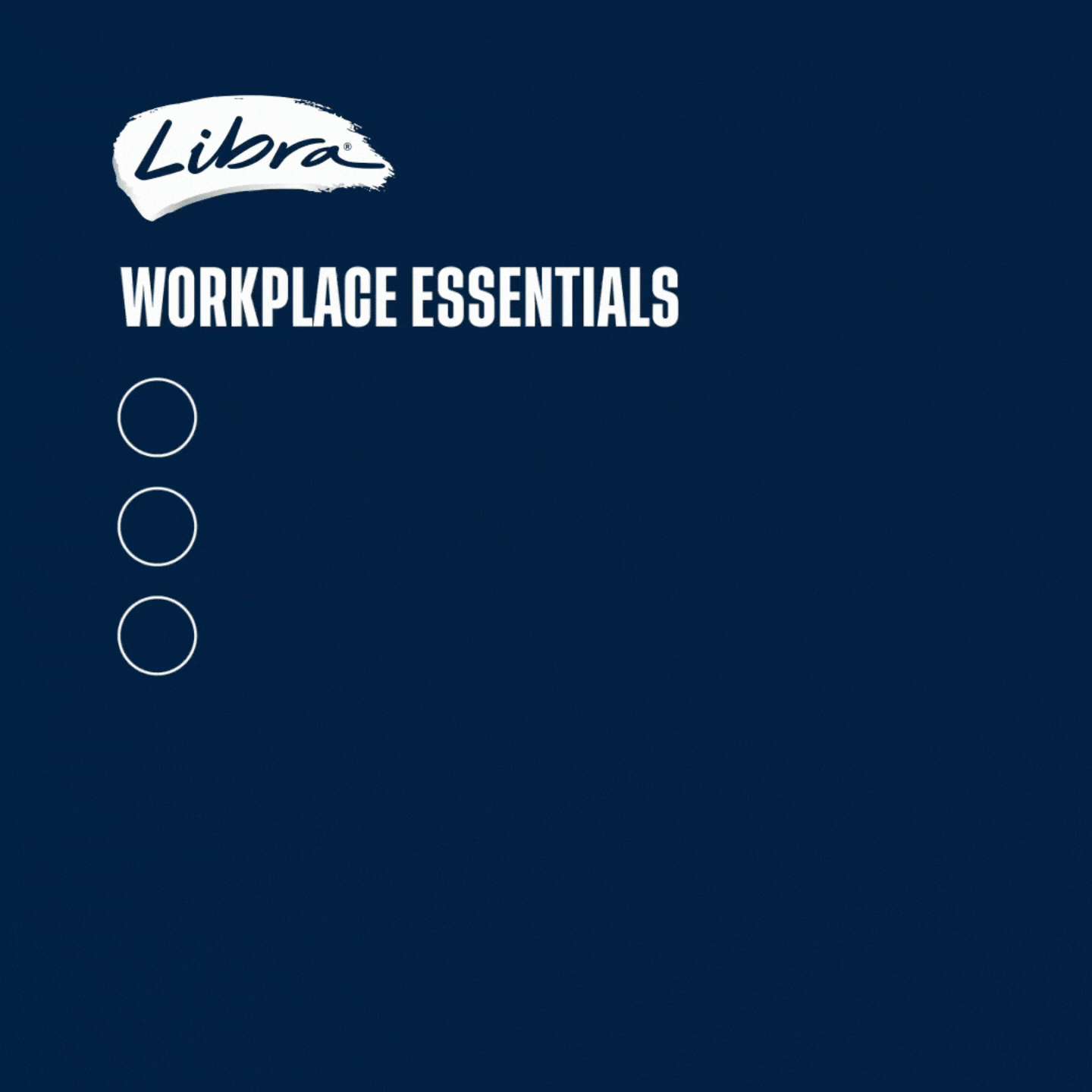A pandemic, an Omicron summer without RATs and N95’s, floods and now the threat of nuclear war? How much more of this dystopian nightmare can women take?
Not much, it seems.
New research launched today on the physical and mental health of Victorian women shows a drastic deterioration of wellbeing over the last two years, with over a third of Victorian women now diagnosed with depression and anxiety across their lifetime and a self-harm hospitalization rate double that of men.
The mental load of managing fears about COVID19 infection, quarantine job losses, social isolation, home-schooling along with a matrix of financial and social consequences of gender inequality, has seen Victorian women shouldering dangerously sustained levels of high stress. Now the health statistics are in, they reveal an expected physical and mental health deterioration amongst Victorian women.
Sharing data from the Victorian Women’s Health Atlas, the CEO’s of 12 women’s health services explain that Victorian women are now more mentally unwell, more overweight and less physically fit than they were four years ago. A staggering 44.4% of Victorian women are clinically obese, with heart disease diagnosis in females increasing by 34% across the state.
There have also been concerning rises in sexually transmitted disease, dementia and violence against women.
It’s a grim picture.
“It is clear from the data that women’s health across the state has reached a crisis point. Social, economic and health data all show women have borne the brunt of the pandemic, further entrenching gender inequality and impacting the lives of women, families and communities,” said Dianne Hill, CEO of Women’s Health Victoria.
In Victoria’s far south-east region of Gippsland – affected by the dual disasters of 2020 Bushfires and pandemic – the consequences for women have been significant. CEO of Gippsland Women’s Health, Kate Graham is concerned for the women in her catchment.
“More than 50% of our region including East Gippsland, Wellington, Latrobe and Bass Coast are the most dangerous locations in Victoria for women and girls to live. In several areas in Gippsland a woman is 26% more likely to be raped or sexually assaulted than if she lived in other areas of Victoria.”
In the middle of the state, isolated from health and other services for treatment, women’s health is also suffering. Amanda Kelly, CEO of Women’s Health Goulburn-North-East is concerned that “Over half all women in the city of Benalla in my region – 53.5% – have experienced anxiety or depression at some stage in their lives.
COVID-19 has decimated women’s health and wellbeing.”
Across the other side of the Victoria in the multi-cultural west, Kate Phillips, CEO of GenWest is also seeing alarming rises in mental health disorders and gendered violence. And she’s frustrated about the limits on what she can do about it.
“We have not received a real increase in funding since the day we were founded in 1988, With two of the fastest growing government areas in Victoria, the population in the West has doubled in the last 34 years, which means our capacity to do work for women has in effect been halved,” said Ms Phillips.
This concern about under investment in women’s health is echoed by MaRianne Hendron, CEO of Women’s Health Grampians in Victoria’s rural west
“Due to economic disadvantage, three council areas record the highest rates in Victoria for gynaecological, bowel and lung cancers in women. Furthermore, the prospects for women’s economic equality, and consequently better health and wellbeing, are hampered by limited access to childcare, which is simply non-existent in many towns, diminished by the pandemic.”
“Women and girls in the Grampians are being further disadvantaged by underinvestment in their health,” Ms Hendron concluded.
Tricia Currie, CEO of Women’s Health Loddon Mallee has put it bluntly:
“Victorian women are sick of small change. Women’s Health Services are down from a high of $4.35 funding in 1988 to $2.05 per woman funding today. This is not enough to beat the crisis we’re seeing in women’s health in Victoria. Spare change funding is making women sick.
“Before the pandemic, women’s health was already under significant strain, now it is so much worse. It is essential that we have an adequately funded women’s health services sector to be able to respond to the crisis in women’s health.“
Victorian women’s health services are calling on the Victorian Government to address the funding shortage in the women’s health sector to enable them to tackle several physical and mental health crisis affecting Victorian women.
Their campaign – #sickofsmallchange – is calling for an uplift of funding to $5.75 per woman and to see dedicated investment in health prevention for women with disabilities, LGBTIQ people, Aboriginal women and migrant and refugee women whose health is disproportionately affected by inequality. It’s an investment of $117M over four years.
With what Victorian women have gone through in the last two years of the COVID19 crisis – and a looming future of further disaster in the form of war and climate change – the increased funding is overdue, much needed, well-deserved and expected, especially with a state election around the corner.


